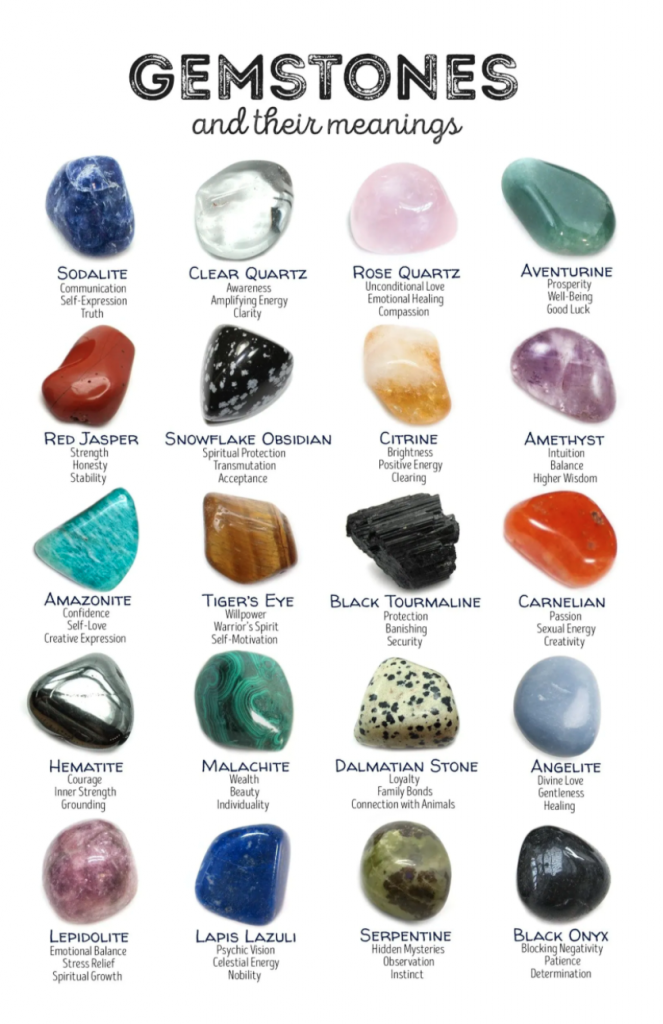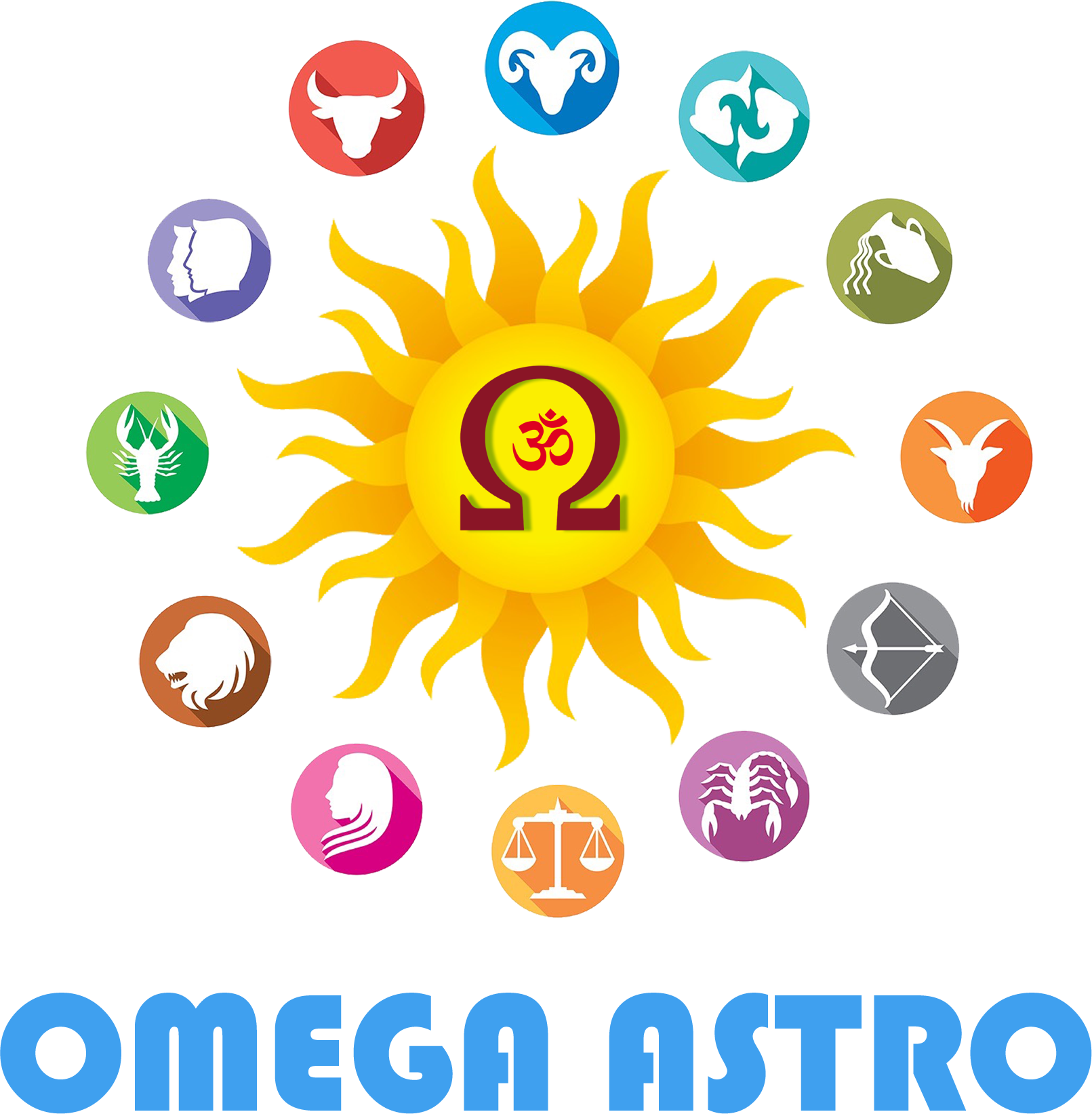Gemstones have life in them: their color speaks, saying what words cannot.
George Elliot
Crystals and non-crystalline materials of organic origin, polished and processed into gemstones, have been connected with energies and planets for thousands of years. Many ancient civilizations valued gemstones as containing mysterious powers and energies.
An award winning astrologer Mr. Saurish Sharma states Gemstone be used for remedial purposes as it emits energy created by vibrations within the gemstones. If an imbalance occurs in a person’s life as a resultof any Kundali Dosha, it can eventually lead to physical and psychological illnesses, which can be counteracted by wearing suitable gems and keeping the balance.
An individual’s aura becomes powerful enough to resist negative outward vibrations from outside when a gemstone is worn, as the gemstone in itself generates vibrations which absorb these negative vibrations.

Gemstones are beneficial in many aspects of life, such as career, marriage, and personal development, health and business.
Using gemstones also minimizes the effect of past karma.
Our birth chart has a powerful effect on our lives when celestial bodies are placed incorrectly. The negative effects of malefic planets and the negative consequences of celestial body transitions can be reduced by using gemstones.
For example, wearing Ruby stone improves willpower and leadership capabilities. It can also improve cardiac and respiratory health and blood pressure.
Wearing a Diamond can help improve financial standing. Diamond helps to boost financial status, and bring peace of mind, also helping in treating diabetes mellitus and dermatological conditions.
| S. NO | Gemstone | Planet |
| 1 | Ruby | Sun Gemstone |
| 2 | Pearl | Moon Gemstone |
| 3 | Red Coral | Mars Gemstone |
| 4 | Emerald | Mercury Gemstone |
| 5 | Yellow Sapphire | Jupiter Gemstone |
| 6 | Diamond | Venus Gemstone |
| 7 | Blue Spinel | Saturn Gemstone |
| 8 | Hessonite garnet | Rahu Gemstone |
| 9 | Cat’s eye stone | Ketu Gemstone |
As a gemstone's resistance to abrasion can be described, its hardness can be described. On a scale of 1 to 10, the Moho’s Hardness Scale is used to measure a gemstone's hardness. Diamond is the hardest naturally occurring substance, ranking 10 on the Moho’s scale.
Color is determined by hue, tone, and saturation. Pure color is represented by hue. Most gemstones are considered high quality if they display a pure color or only have a "slight" hue of another color in addition to their primary color. For example, rubies can range from slightly orange to slightly purplish red. A tone describes the depth of a color. Various gemstones are described by their tones: "light", "medium-light", "medium-dark", and "dark". According to saturation, a gemstone is free of brown or gray hues. A gemstone that shows little gray or brown is called "vibrant" or "strong."
Clarity is an important factor in determining the quality of colored gemstones. The majority of gemstones contain inclusions because gemstones are formed in specific conditions and there must be traces of minerals, cracks, and fissures. Although inclusions may detract from a colored gemstone's beauty, they may not necessarily be undesirable. Almost all gemstones have inclusions, even the most valuable ones. In addition to gemstones with very few inclusions or no inclusions, there are also gemstones with extremely high prices.
It is similar to the cut of a diamond, whose purpose is to enhance the overall beauty and value. In contrast to diamonds, gemstones have no fixed geometrical standards for maximum brilliance because gemstone colors can vary greatly. A good gemstone cut is one that showcases the most even color, diminishes its inclusions to the fewest, and exhibits great overall symmetry and proportion.
Gemstones are grouped according to their density rather than their size when determining their carat weight. There are differences in the density of gemstones, as a result of which two gemstones of the same size may weigh very differently. As an example, because a ruby is denser than an opal, a one-carat ruby will appear much smaller than a one-carat opal. Gemstones are valued by their carat weight or density, not by their size.
Glowing gemstones are distinguished by the intensity of light reflecting off their surfaces. Generally, it includes reflection, refraction, dispersion, and facets. In some instances, a gemstone's real luster may deviate from its ideal luster due to changes in the lapidary's skill level, inclusions, oxidation, or abrasion.
Gemstones with a high rarity level are regarded by many as unique and valuable, which increases their appeal and demand. Gemstone prices are dependent on their rarity, which is one of the most important factors. It is common to find many gemstones, but if their color or clarity is exceptional, they can become rare.

OmegaAstro, © 2024 All Rights Reserved